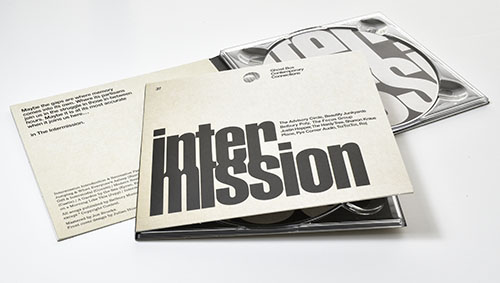


The overture begins with four chords in the winds.

Heinrich Eduard Jacob, in his biography of the composer, surmised that Mendelssohn had scribbled the opening chords after hearing an evening breeze rustle the leaves in the garden of the family's home. The piece is also noted for its striking instrumental effects, such as the emulation of scampering 'fairy feet' at the beginning and the braying of Bottom as an ass (effects which were influenced by the aesthetic ideas and suggestions of Mendelssohn's friend at the time, Adolf Bernhard Marx). While a romantic piece in atmosphere, the overture incorporates many classical elements, being cast in sonata form and shaped by regular phrasings and harmonic transitions. There was a family connection as well: Schlegel's brother Friedrich married Felix Mendelssohn's Aunt Dorothea. The translation was by August Wilhelm Schlegel, with help from Ludwig Tieck. The overture was written after Mendelssohn had read a German translation of the play in 1826. It was written as a concert overture, not associated with any performance of the play. Contemporary music scholar George Grove called it "the greatest marvel of early maturity that the world has ever seen in music". 21, was written by Mendelssohn at 17 years and 6 months old (it was finished on 6 August 1826). The incidental music includes the famous " Wedding March". 61) for a production of the play, into which he incorporated the existing overture. Later, in 1842, only a few years before his death, he wrote incidental music (Op. First in 1826, near the start of his career, he wrote a concert overture ( Op. In this case, the answer, sadly, is yes.At two separate times, Felix Mendelssohn composed music for William Shakespeare's play A Midsummer Night's Dream (in German Ein Sommernachtstraum). While genre fans will dig Tarantino’s nods to whiteout spaghetti Westerns like The Great Silence (a connection goosed by Ennio Morricone’s sublime red-sauce score), others will be left wondering if that’s all there is. Bruce Dern, Tim Roth, Michael Madsen, Walton Goggins, and Demian Bichir round out the odious octet, sniffing one another like dogs in a cage. Jackson is at his ripsnorting Jacksoniest as a surly Union officer. Kurt Russell has a blast chewing on Tarantino’s florid dialogue as a grizzled bounty hunter, Jennifer Jason Leigh shines through a bloody smile as the outlaw he’s taking to the hangman, and Samuel L. Fortunately, the director’s genius for casting hasn’t abandoned him. It’s narratively and visually claustrophobic. Set almost entirely in a snowed-in saloon, the story’s so spare it doesn’t warrant either its three-hour running time (including an overture and intermission) or his use of 70mm projection. But The Hateful Eight doesn’t have enough ideas. At their best, his films give off the giddy sensation of too much-that he has so many inspired ideas vibrating in his celluloid brain that he overwhelms us. As someone who’s loved almost all of Tarantino’s films, I felt-for the first time-something close to disappointment. Whether you want to go with him on that long journey is a different matter. In his new film, the slow-simmering Western The Hateful Eight, he sets out on a classic adventure right out of John Ford’s Stagecoach and ends up in the caffeinated chaos that closed Reservoir Dogs. He can take a stroll down memory lane without buying a house there. Quentin Tarantino’s great gift as an artist is the way he’s able to quote cinema’s past while saying something new.


 0 kommentar(er)
0 kommentar(er)
